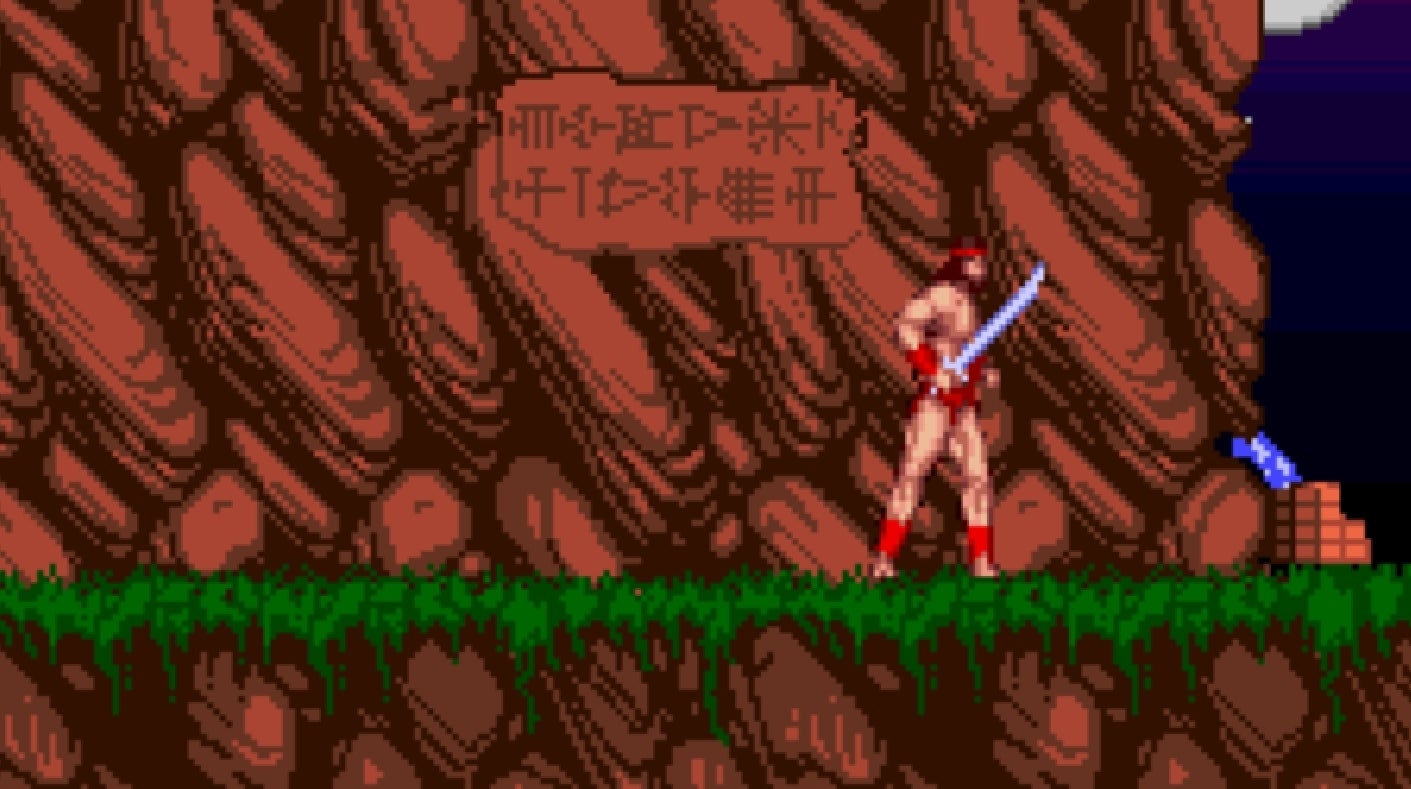The world’s oldest surviving work of literature begins and ends with a wall: the rampart of Uruk-the-Sheepfold, great city of ancient Mesopotamia. “View its parapet that none could copy!” reads Andrew George’s English translation. “Take the stairway of a bygone era”. Uruk’s wall is the crowning achievement of Gilgamesh, warrior-king, wanderer and cosmic nuisance. When we meet him in the poem he is terrorising his own subjects, brawling and womanising like only a 17-foot-tall demigod can. So the gods make Gilgamesh a rival to keep him busy: Enkidu, “offspring of silence”, a beastman moulded from clay. Having fought each other to a standstill, the pair become friends and go on bloody masculine adventures, ransacking a holy cedar forest and slaughtering the Bull of Heaven, a creature whose very breathing causes earthquakes.
Then, tragedy strikes. Outraged by these antics, the gods decree that Enkidu must perish of sickness. Gilgamesh is distraught at the loss and the accompanying revelation of his own mortality. Forsaking his throne, he embarks on an arduous search for Úta-napíshti, undying survivor of an apocalyptic flood, to learn the secrets of eternal life. He races the Sun itself through the netherworld, and crosses the Waters of Death to Úta-napíshti’s home. But the immortal man cannot help him. “You fill your sinews with sorrow,” he warns. “Bringing forward the end of your days.” He offers Gilgamesh a plant that can restore youth, if not avert death, but the plant is stolen by a snake – the origin of the snake’s ability to shed its skin. The king returns to his kingdom in despair. But in the final lines of the “standard” edition, he takes consolation in the spectacle of Uruk’s inimitable wall, enclosing the text as it does the city, symbol and guarantor of his everlasting fame.
The epic of Gilgamesh is the blueprint for generations of heroic narratives: as macho and gruesome as Homer’s Iliad, as intrepid and mournful as the Odyssey. Its subject matter is varied and vivid: prostitution, dream rites, dismemberment, the baking of bread. But above all, it is about fear of death. “It’s something I think should be studied in all elementary schools around the world, as one of the first pieces of literature where human beings start thinking about these questions,” says Auday Hussein, founder of R&D and consulting company Mesopotamia Software, who is completing a PhD in archaeology at the University of Heidelberg. “Who am I? Why am I here? What is in my power? Where is my limit?” The character of Gilgamesh – likely a real king, probably not 17 feet tall – has been copiously adapted and reinvented since European archaeologists began translating the epic in the 19th century. But the epic itself is relatively unknown outside the realm of academia, overshadowed by the hero fables of younger civilisations. “It’s deep philosophy that we had 5000 years ago,” Hussein goes on. “And nobody wants to talk about it – it’s scraped under the carpet.”
Part of the reason for that may be the text’s incompleteness. It consists today of dozens of fragmentary clay tablets of cuneiform writing, mostly Sumerian and Akkadian – a collection of episodes and perspectives from many authors, written and rewritten over thousands of years. The recovery of those tablets has been complicated by more recent acts of bloodshed and conquest. What was once Mesopotamia has become the territory of Iraq, together with parts of Iran, Turkey, Syria and Kuwait. The first Gilgamesh tablets to be translated were among thousands of artefacts taken from the region in the day of the British Empire. Subsequent US-led invasions have at once damaged historical sites and precipitated a bustling illegal trade in archaeological finds: the latest Gilgamesh tablet to be translated was purchased from smugglers in 2011.
